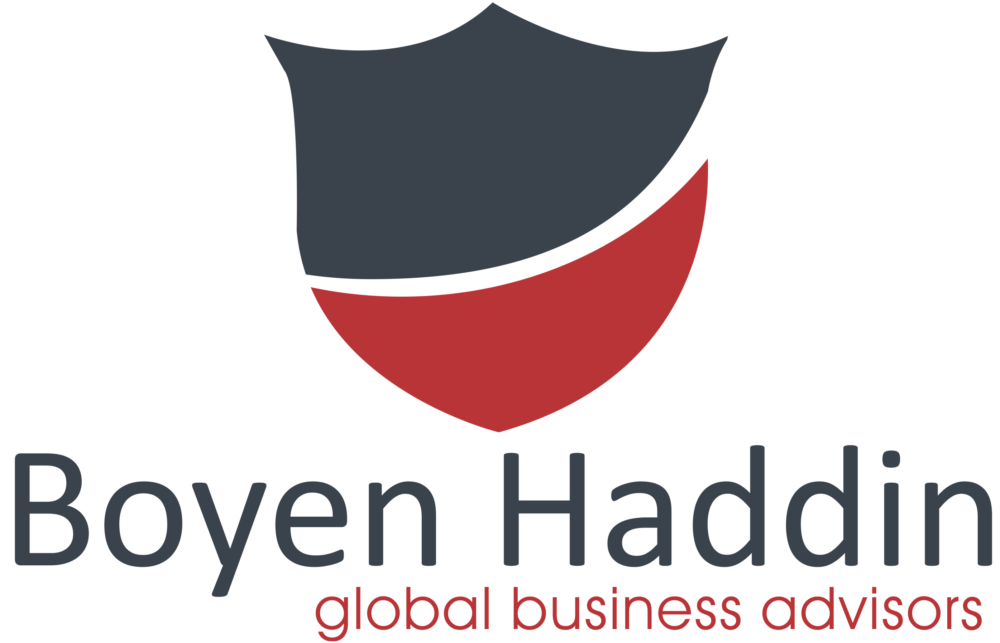Maximizing ROI: How to Effectively Utilize Interim Talent in Your Projects
Maximizing the return on investment (ROI) from interim talent requires careful planning, effective management, and a focus on achieving project goals. Here are steps to help you effectively utilize interim talent in your projects and ensure a positive ROI:
1. Define Clear Objectives: Clearly define the project’s objectives, deliverables, and expected outcomes. Ensure alignment with the organization’s overall goals and strategy.
2. Identify Skill Requirements: Determine the specific skills and expertise needed to execute the project successfully. Match these requirements with the skills of the interim talent you plan to hire.
3. Select the Right Interim Talent: Conduct a rigorous selection process to identify interim professionals with the necessary skills, experience, and cultural fit for the project. Consider utilizing an executive search firm for specialized roles.
4. Establish Clear Expectations: Communicate the interim talent’s role, responsibilities, and performance expectations. Ensure they have a comprehensive understanding of the project’s scope and goals.
5. Provide Adequate Resources: Ensure that the interim talent has access to the resources, tools, and support required to execute the project effectively. This includes technology, data, personnel, and budget.
6. Set Key Performance Indicators (KPIs): Define measurable KPIs and milestones to track progress and assess the interim talent’s performance throughout the project. These metrics should align with project goals.
7. Collaborate and Integrate: Foster collaboration between interim talent and the existing team members. Encourage open communication, knowledge sharing, and active participation in team meetings and discussions.
8. Effective Project Management: Assign a dedicated project manager or leader responsible for overseeing the project and coordinating the efforts of both permanent and interim team members.
9. Regular Check-Ins and Feedback: Conduct regular check-in meetings to assess progress, address challenges, and provide constructive feedback to the interim talent. Ensure that adjustments are made as needed to stay on track.
10. Manage Project Scope: Monitor the project’s scope to prevent scope creep. Clearly define and document any changes in project requirements and their implications on timelines and budgets.
11. Leverage Their Expertise: Capitalize on the specialized skills and expertise of interim talent. Encourage them to share best practices, insights, and innovative solutions to enhance project outcomes.
12. Monitor Costs: Keep a close eye on project-related expenses, including interim talent fees. Ensure that costs are within budget and provide a favorable ROI.
13. Document and Share Knowledge: Document the knowledge and insights gained during the project. Share this information with the organization to enhance institutional learning and future project success.
14. Transition Planning: Develop a clear transition plan for the conclusion of the project or the departure of interim talent. Ensure that knowledge transfer and handover processes are well-organized.
15. Measure ROI: Assess the ROI of utilizing interim talent by comparing the project’s outcomes, cost savings, and achievements against the initial investment in interim professionals.
16. Continuous Improvement: Continuously evaluate and refine your approach to utilizing interim talent based on lessons learned and feedback. Apply these insights to future projects.
By following these steps and maintaining a focus on the project’s objectives and ROI, you can effectively utilize interim talent to drive successful project outcomes and enhance your organization’s overall performance.


